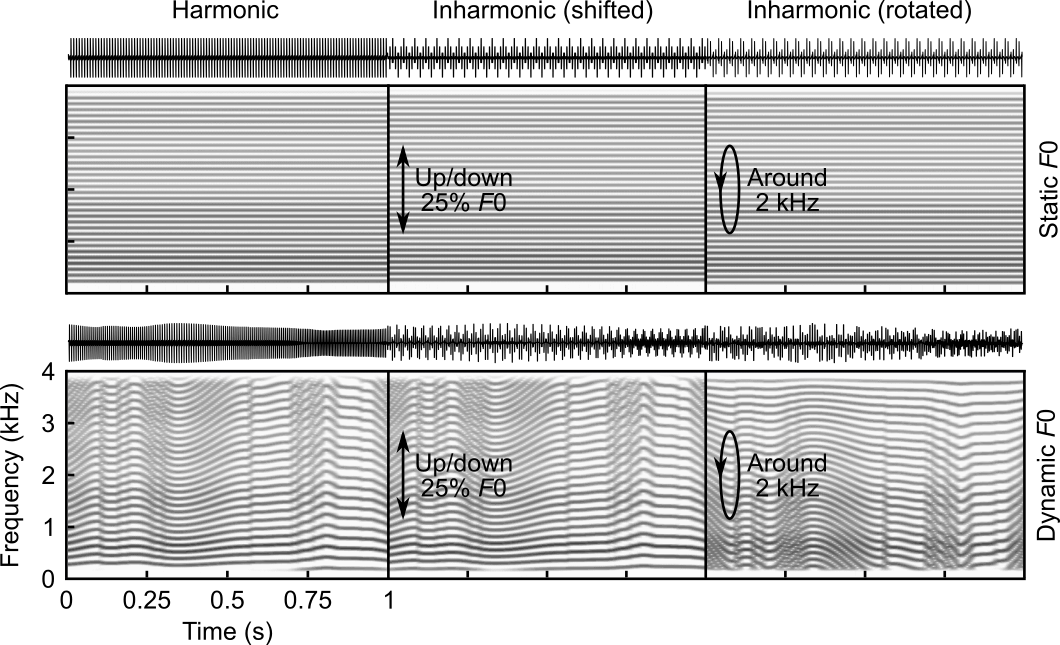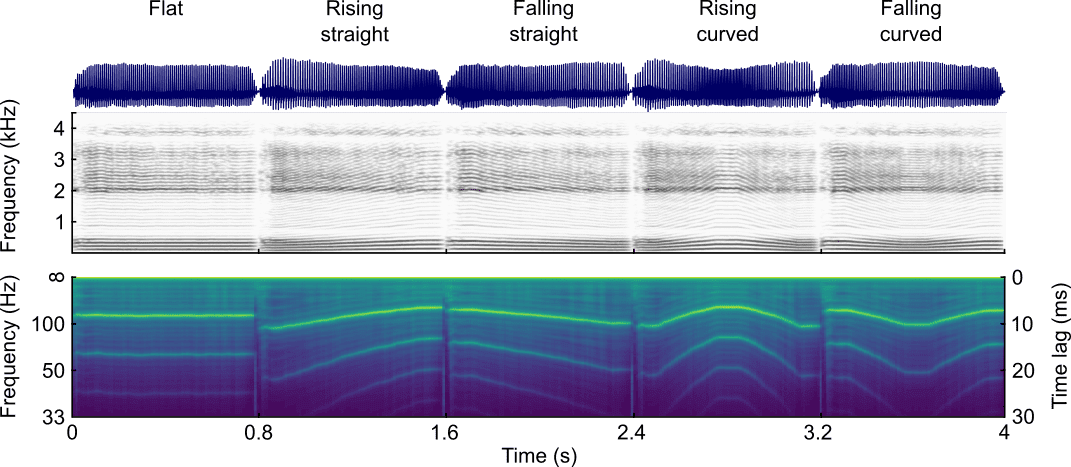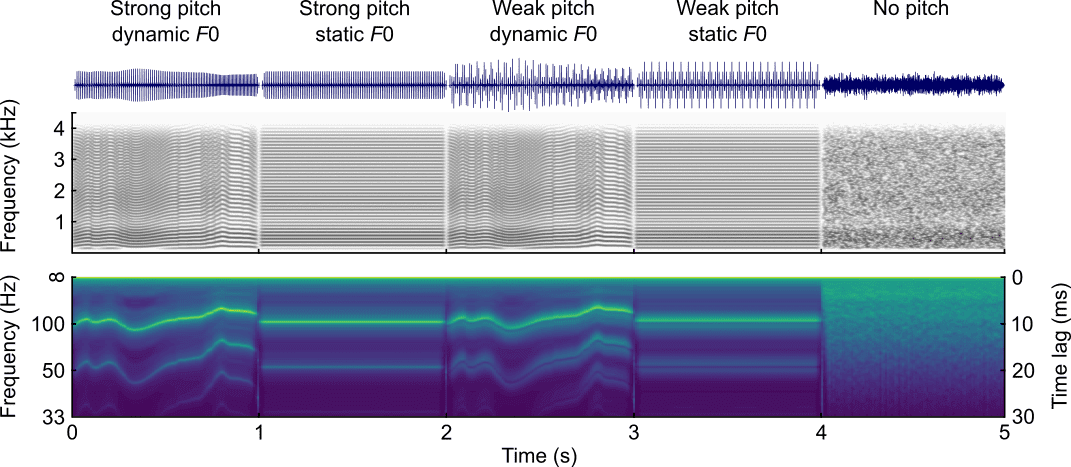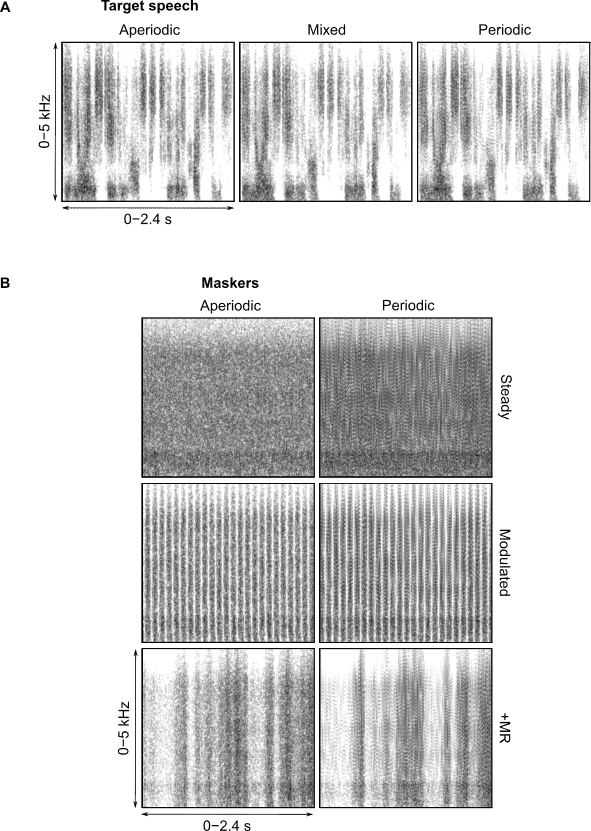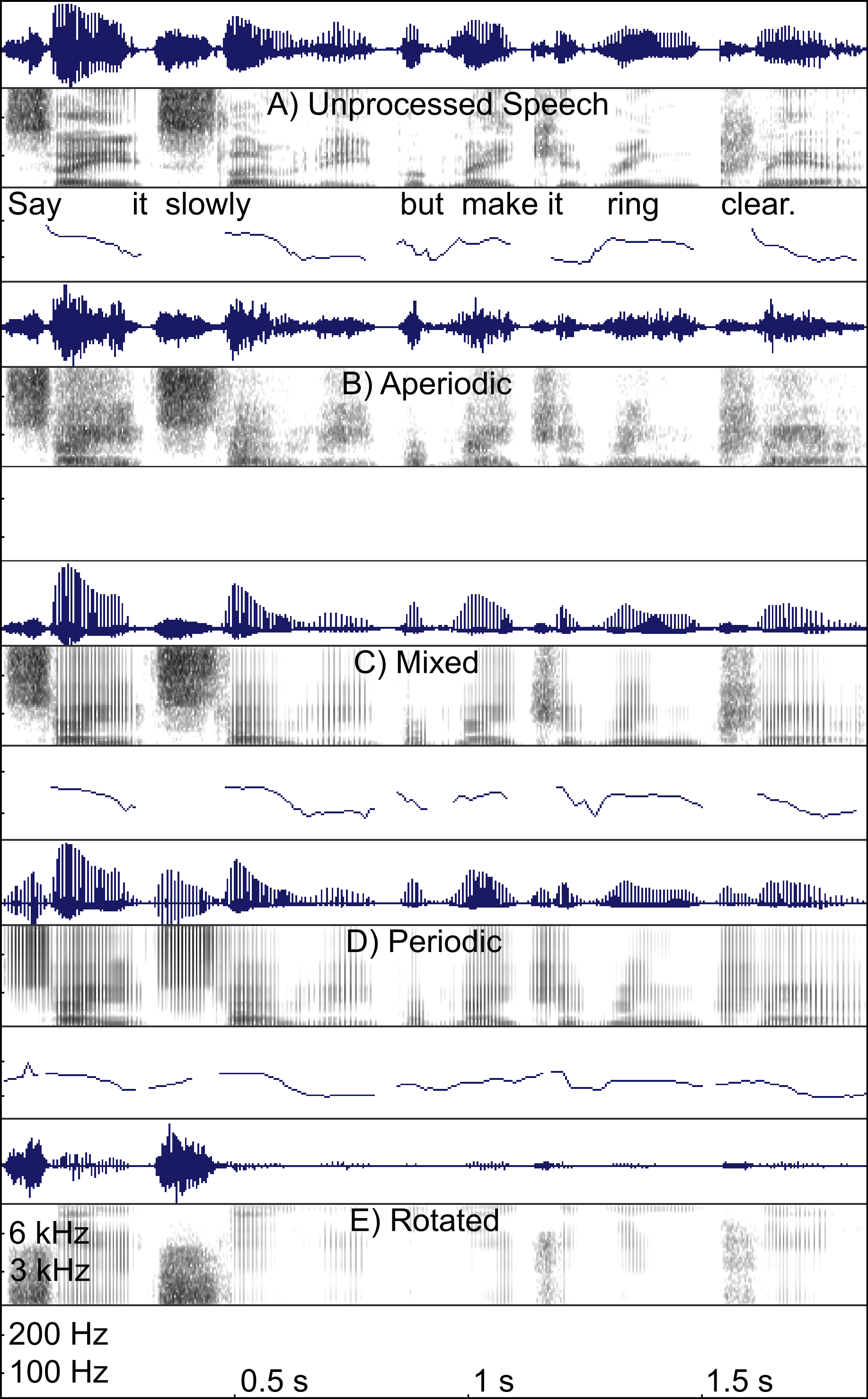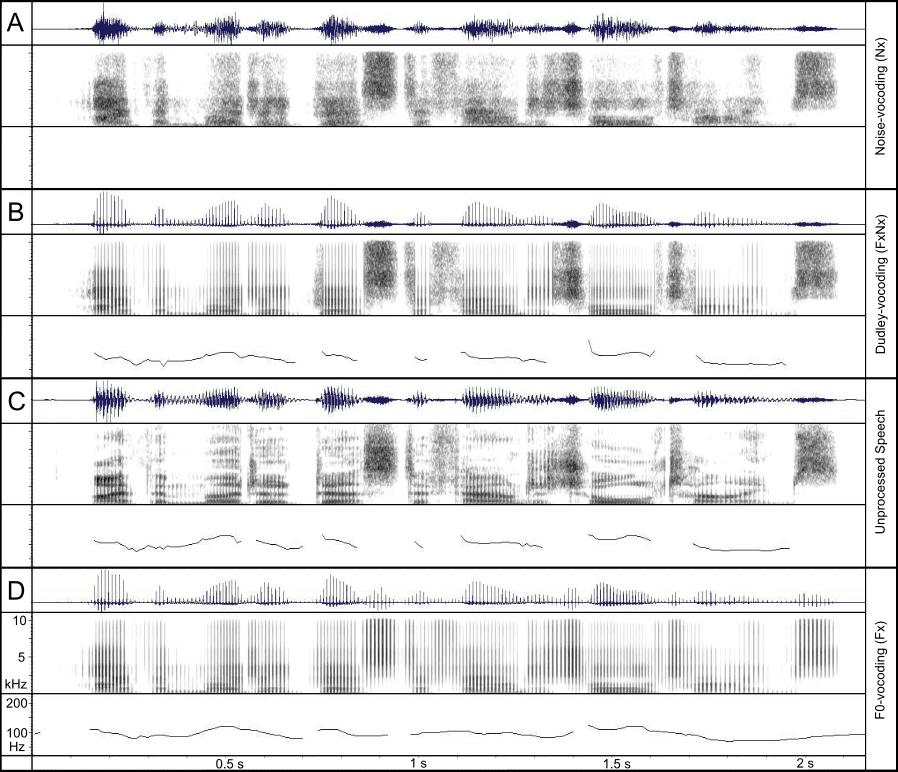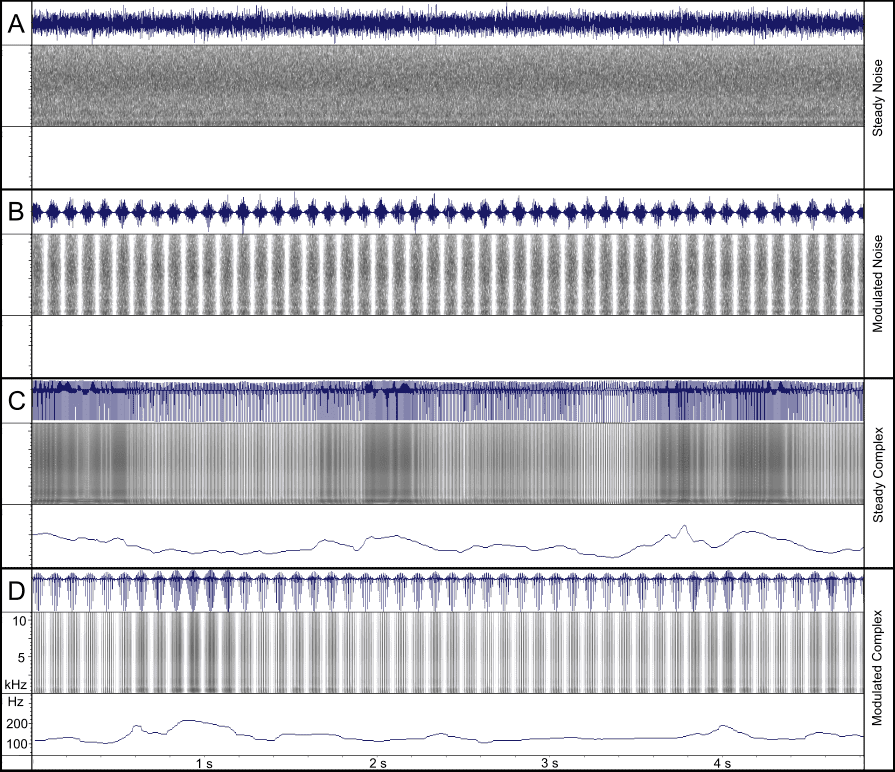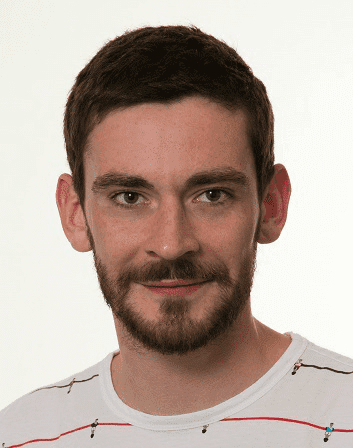Research
Publications
Kropf, B., Rao, M. S., Gutschalk, A., Andermann, M., Praetorius, M., Rupp, A., and Steinmetzger, K. (2024). Reduction of right-hemispheric auditory
cortex activity in response to speech in more experienced paediatric cochlear implant users. bioRxiv, 2024.04.08.588535.
Steinmetzger, K. and Rupp, A. (2024). The auditory P2 is influenced by pitch changes but not pitch strength and consists of two separate subcomponents.
Imaging Neuroscience 2, 1–16.
Steinmetzger, K., Schiele, T., Boecking, B., Avraamides, M., Bamidis, P., Basso, L., Dobel, C., Gilou, S., Ioannou, C., Shimi, A., Vellidou, E.,
Paraskevopoulos, E. and Mazurek, B. (2024). A survey-based assessment of attitudes and needs regarding tinnitus healthcare among patients and healthcare
professionals in Europe. Frontiers in Audiology and Otology 2, 1347283.
